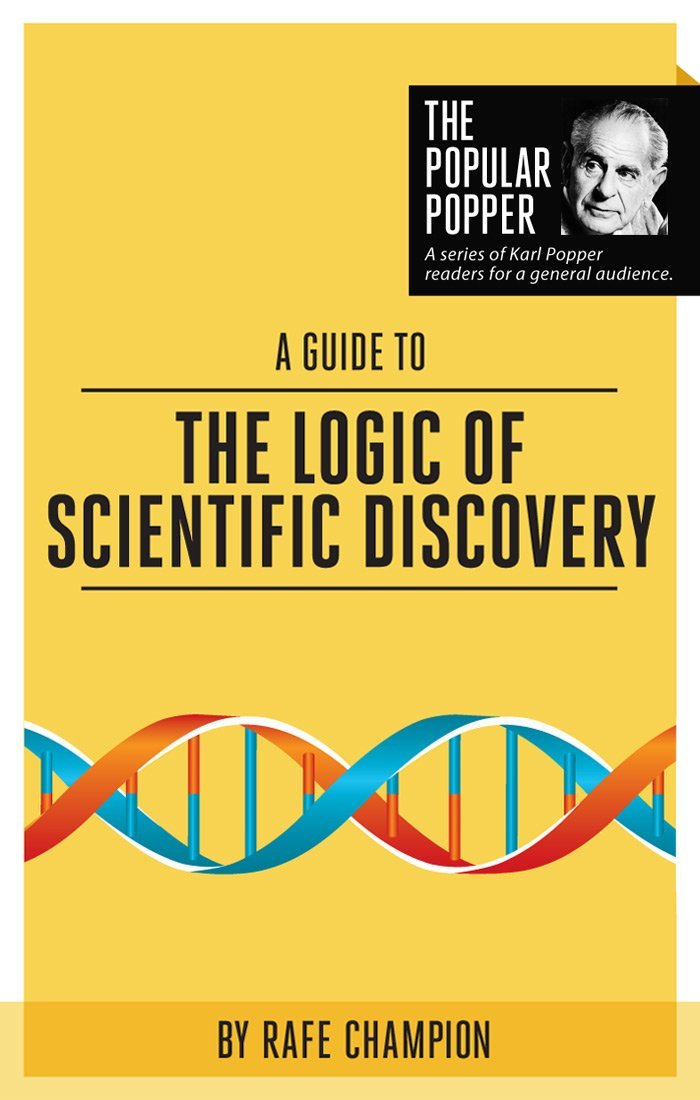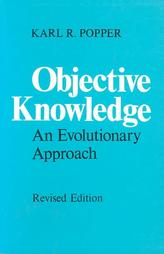This is a summary of a really helpful paper which introduced the idea of problem-solving as a feature of effective thinking and learning. The paper was in a collection of papers that I bought from the remaindered books table in the Uni of Tasmania bookroom circa 1966.
How and Why Do We Learn including ‘Learning to Think” by W D Wall. I still have a faded filing card with the main points that I took out of this paper. The key point was to adopt a problem-solving approach.
1. Accept that a problem exists and attempt to define what it is by asking a number of questions aimed to understand the propositions that delimit it.
2. Look at the data, discriminate relevant parts and if possible fill in gaps.
3. Formulate trial hypotheses: select among learned responses, develop new ones or recombine old ones.
On re-reading the paper it contains a nice account of the tetradic problem-solving scheme (in different words).
The article is based on a talk which aimed to relate learning theory to education practice, to promote effective thinking in the classroom, taking account of the age and stage of development of the students.
“I am going to concern myself with those specific aspects of thinking which are by and large disciplined: such as reasoning and problem-solving…and finally with so-called ‘creative’ thought – whatever that might mean”.
Starting with the assumption that disciplined, rational thinking is or should be a major objective of education.
“We can put this in a more concise way and define education as the process of acquiring independence in thought”.
He refers to the stages of child development, so the child needs to attain a series of increasingly complex intellectual independencies.
“We know that the general trend of development is from the concrete to the abstract and that one of the businesses of education is to equip the child with the symbolism – verbal, numerical, mathematical, musical and so on – which enable him to manipulate abstract thought.”
One of the interesting questions he raised at the outset was how much of the development that occurs at school can be attributed to the teachers and how much is just a result of growth and maturation.
He noted a “triple danger” all along the line of development.
1. In moving from one kind of rigidity (say perceptual) the child may move to another kind of rigidity – applying newly acquired methods to all kinds of problems (in military terms, fighting the last war rather than the current one).
2. Inducing failure and arousing anxiety and insecurity. This can happen in arithmetic, taught in a strictly formal manner with clear right and wrong answers (he might have mentioned the sadistic practice in bad old schools where errors were swiftly punished with ear twisting or the edge of a long ruler brought down on cold young fingers). He noted that the danger of premature abstraction is not confined to arithmetic but can occur wherever the child is confronted with demands and expectations that he is not mature enough to meet.
3. “The third danger is one of which most of us are unaware but which is pervasive and, in my view, particularly damaging for the intellectually able”. This arises from the teaching of discrete subjects with thinking and problem isolated and focussed on particular strategies which are (either prima facie or just traditonally) associated with each subject. To some extent that isolation makes sense, he wrote “one cannot imagine a solely arithmetic techique appropriate to literary understanding” but “On the other hand, judgement in any field involves…[several things, like defining the problem, assembling information and testing trial solutions]…”In teaching subjects [especially for exams] there is a strong and natural tendency to teach them for their own sake, and not to perceive that if generalization of problem-solving strategies is to take place, it must be brought about deliberately”.
If the process of transfer is not systematically and consciously taught, then “the very effectiveness of our teaching of the specific strategies applicable to the problems of a specific discipline may act as a block to effective thought in other areas”. To illustrate, he instanced the way that highly intelligent and educated people can be emotionally driven, conventional and unimaginative in areas outside their field of expertise (or indeed, inside their area of expertise in the case of “normal” scientists).
He then turned to the general strategy of problem-solving, starting with recognizing that there is a problem, because one of the options is to refuse to see that a problem exists “an emotional problem which happens more often than we think, perhaps particularly in committees concerned with education”.
“The next stage is to look at the data at disposal and to discriminate those parts of them which are likely to be relevant, to perceive the gaps and, if possible, to fill them…These processes are in one substantial sense imaginative and creative; but a series of even more imatinative and creative proceses follows – those of formulating trial hypotheses, of making a selectioni (if you have them) among learnerd responses, of deloping new responses and recombining old ones…When some hypotheses and some methods have been formulated, you try them out, you check them; and finally comes the process of evaluation or judgement.”
Qualifying statements:
1. The person must both see the problem and be motivated to solve it.
2. The student needs to have or have access to some basic information.
3. The student needs a range of skills, as required by the situation (how to multiply, or how to mix paints etc).
4. He needs strategies to formulate and test the hypotheses.
5. He needs some criteria to judge the results (these will depend on the kind of problem – mathematics or art for example).
He spent a few paras on trial and error learning, starting with an example of a child learning to open and close a door with a sliding latch on it, noting that it can be effective to learn strategies with insight, but only if it is successful, otherwise it may lead to panic and avoidance of similar problems.
“What we wish to secure is a situation which permits insight and, through insight, generalization and transfer”
He then addressed some issues of course content (curricula) and methods.
He made the case for some solid content for learning “the counters of thinking”, presumably things like multiplication tables, also correct spelling and grammar. He went on to say “the acquisition of knowledge may in fact be either the authoritarian memorizing type of process which equips him with certain facts, solutions and overlearning techniques, but does not necessrily help him to understand the processes underlying them; or, on the other hand, it may be, if properly handled, itself a process of thinking. It seems probable that ordinary teaching may, with very similar content, either stimulate the process of thinking itself – the problem-solving which underlies the relationship of facts – avoid, or even deaden it”.
Turning to the strategies that need to be employed to promote effective problem-solving, he devoted several paragraphs to the need to match tasks to the capacities of the students. “By and large one risks disaster if children are expected to undertake levels of thinking for which they are not ready”.
He drew upon work by Piaget and others on the stages of cognitive development, noting that there are wide individual difference in te age of transtion between the stages. The last stage to reach fully developed, reasoned thinking occurs in the adolescent years and it calls for a shift from the “concrete operational” level to the higher stage of symbolic thinking. He suggested that this transition can be difficult for children coming from families and cultures where the use of language is habitually basic and concrete. Wall suggested that the move does not necessarily follow from ordinary eduacational experience, especially if children are exposed to challenges that they are not ready to meet, and more especially if the teaching style is strict and authoritarian.
If children to not have rich and precise language they will have trouble with problems that are complex and abstract, so they will try to reduce the abstract to the concrete and if this does not work then the problem cannot be solved.
“Here, as an aside, we may point out the danger inherent in visual aids…they are props only and should be deliberately used as AIDS to the formulation of problems in symbolic forms, particularly perhaps in words.
Otherwise the visual aid, while appearing to simplify the teaching task, may in fact contribute to inhibit subsequent development”. That was written in 1965 and the rise of computer graphics has probably aggravated the danger.
Moving on to group methods of problem-solving, he noted the advantage that more hypotheses are likely to be generated in a group and a higher level of criticism as well. He anticipated the Popperian tetradic scheme by noting the importance of separating the hypothesis formation from the evaluation phase, so “the tasks of creation and criticism can be separated and trained sperately with advantage”. The reason for segregating the two phases is to avoid excessive and premature criticism that will inhibit some children from producing the (possibly) bizarre hypotheses that may eventually provide the solution.
“This draws attention to a principal impediment to problem solving – anxiety. Anxiety seems to impair performance more in complex than in simple tasks. The fear of failure inhibits search [hence the importance of play in the life of the higher animals and humans] and may prevent it altogether”.
Of course the converse is over-confidence and uncritical acceptance of glib answers, so there is an eternal balancing act to get the mix of freedom and criticism right. A balance that tipped too far one way in the old authoritarian classroom and the other way in some strands of progressive education.
There is still more of value in this paper, for example a discussion of the tension between teaching principles and teaching simple rules of thumb (divide by inverting the fraction and then multiplying). He notes the cant about “learning by doing” with minimal or no guidance, as though students should ignore everything that is already known and embark on serious research projects in primary school, and the other extreme of people who want to instruct the pupils in everything that they need to know, as if this will be intellectual capital for a lifetime.







Great generative posting. Thanks! I will mention it in my blog and link back to it.